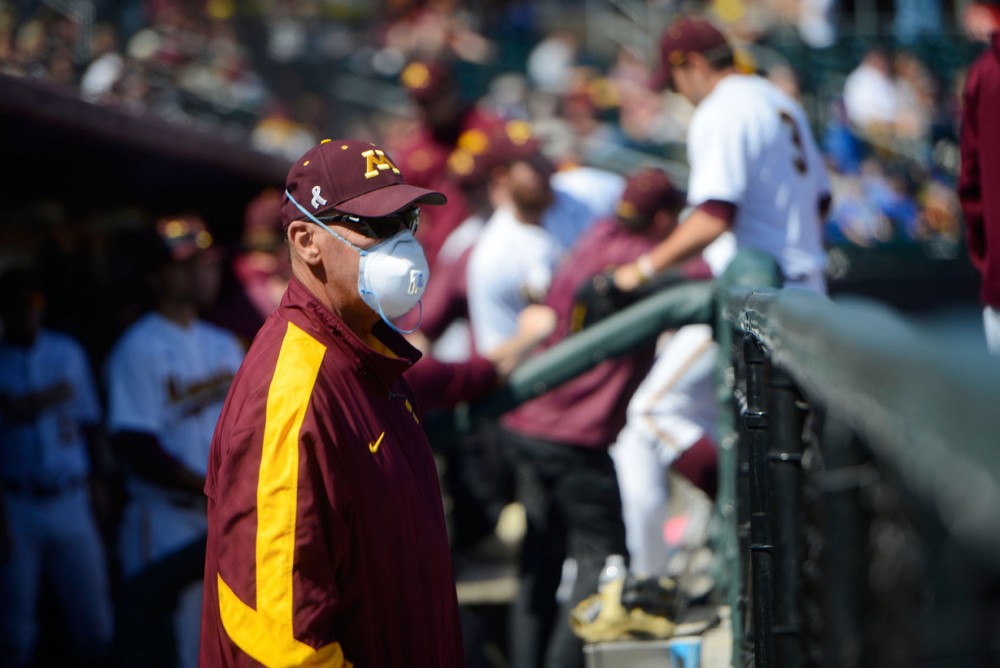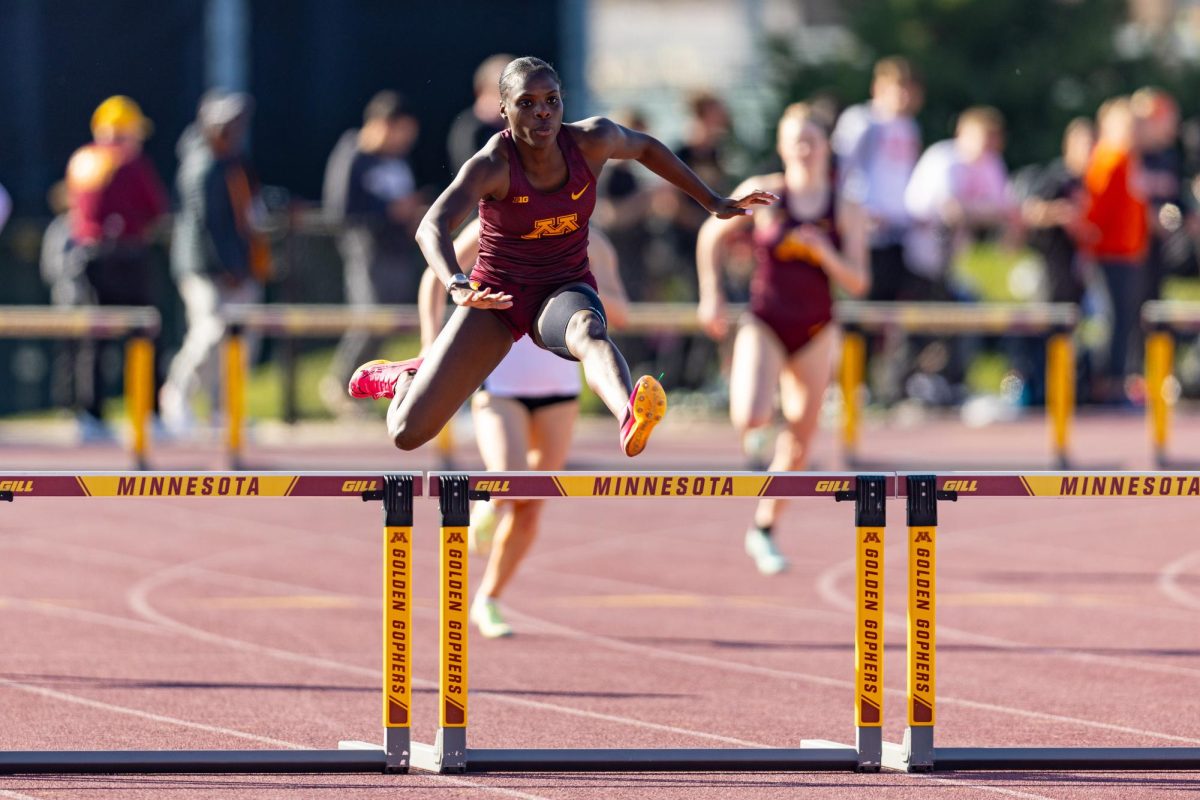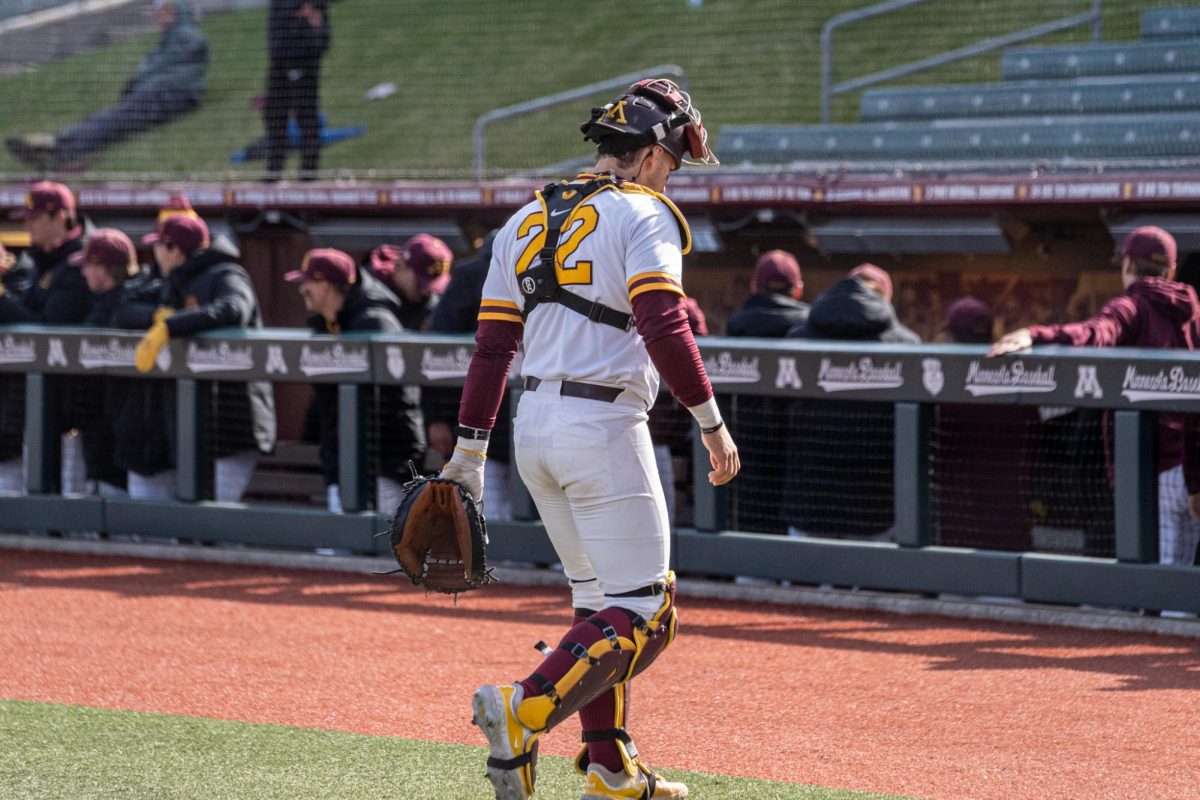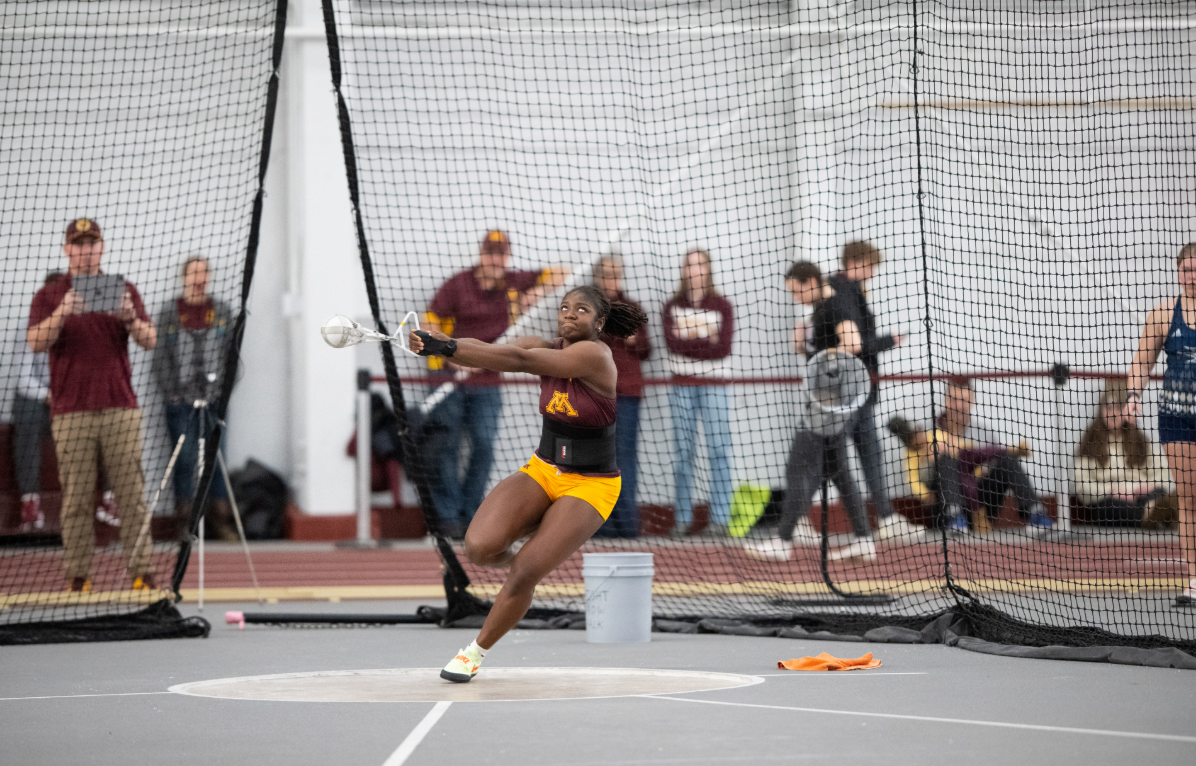It was a Friday afternoon in October and Todd Oakes had no sense anything was wrong.
He had trudged around a game farm hunting pheasants with two of his sons, TJ and Tanner, the day before. That Friday, the longtime Minnesota baseball pitching coach was showing a recruit and his parents around the team’s facilities.
Then his doctor called. He needed to go to the hospital.
In some routine blood tests taken that morning, his doctor found Oakes’ acute myeloid leukemia, a blood and bone marrow cancer that he fought into remission more than two years earlier, had returned.
Oakes believed his fight might have been over after clearing the two-year mark of remission. His doctor thought so, too.
“‘This isn’t supposed to happen,’” Oakes recalled his doctor telling him with tears in her eyes.
Oakes suddenly was forced to face a doubleheader he didn’t see coming, but he again emerged victorious.
Now in remission for the second time, Oakes is focused on giving back to help fight the disease while ramping up his activities with Minnesota baseball.
The surgical mask he carries remains one of the few outside reminders of his battle, covering a visage not unlike an old baseball glove: worn but tough.
“If there’s one person that could get through it, I think it’s him,” his son Tyler Oakes said.
Coaching himself
Oakes applied baseball sayings developed over a nearly 30-year career to life outside the diamond to set a positive example.
He received a donor lymphocyte infusion from his brother Jerald, and he was told the chances of it working were the same as a coin toss.
In his case, he won the toss.
Oakes was able to leave the hospital after seven days. But his body began to fight the new cells he received.
He checked back into the hospital and didn’t leave for another 21 days. Looking back, Oakes said he only remembers about half that time.
“My family was worried, my doctors were worried,” Oakes said. “They were concerned if I was going to be able to walk out of that hospital or not.”
Oakes was finally stable enough to leave about a week before Christmas, but progress was slow.
Managing his health as he entered remission became Oakes’ full-time job, often with the help of his wife and middle son, TJ. It took him a few weeks to get the strength to stand long enough to take a shower.
Return to the diamond
When the Gophers started their season, Oakes tried to stay connected to the program by visiting practice once or twice a week.
The visits served as therapy for the baseball lifer, allowing him to forget his condition for a few hours and focus on the players.
“I’ve told these guys that the last three months, when I’ve felt the best was when I’ve come up and been with [them],” Oakes said. “I come up here, and I get to be a coach again a little bit.”
Throughout March and early April, Oakes focused on getting his appetite back and gaining weight so he could spend more time with the team.
On April 10, he made his return to the dugout. He felt well enough to take the team bus to his alma mater Nebraska, and in his first game down on the field, the Gophers defeated the No. 23 Huskers 3-0.
“That was a real special day for me simply because I was with the team and was back in the dugout, which four, five months ago I didn’t know if I’d ever see again,” Oakes said.
Though the Gophers lost the series, his presence provided a boost for the team.
“[He] really inspires everyone a little bit and forces us to compete a little bit more each day, I think, when we see him out there,” senior pitcher Ben Meyer said after the series.
Now, with the Gophers at home for most of the second half of the season, Oakes has been around the team more days than not. He’s not back in a full-time coaching role, but he is feeling well enough to slowly ramp up his involvement.
“Having him around, it’s a breath of fresh air,” head coach John Anderson said. “For the team to see him back on his feet, I think it does have a calming effect.”
Striking out cancer
Oakes seemed calm as he walked around Siebert Field Saturday between several yellow shirts emblazoned with “Team T.O.,” on the back.
The shirts serve as part of “Strike Out Cancer,” a fundraising effort Oakes is spearheading as a board member of the Leukemia and Lymphoma Society.
The campaign began last year when Oakes took part in the LLS “Man and Woman of the Year Campaign” and reached out to the community he knows best for fundraising — baseball.
“Everywhere we go, he knows someone associated with baseball,” LLS campaign specialist Alli Rekow said. “Everyone loves him and is very moved by his story and has gotten behind him 100 percent.”
After raising $75,000 for LLS last year, Oakes decided to make his “Strike Out Cancer” campaign an annual event. This past weekend it took place at Siebert Field.
“Everyone he comes into contact with walks away with a smile on their face, feeling a little bit better,” Rekow said.
The big question
Oakes said he gets the same question all the time, “What’s next?”
It’s a complicated question for Oakes because he doesn’t know if or when he’ll snap out of remission again.
For now, he’s just taking things slowly, even though he has a few goals in mind.
He hopes to return to Minnesota baseball on a full-time basis soon and plans to continue to fundraise for LLS through his “Strike Out Cancer” campaign.
And finally, he wants to live each day the best that he can. Oakes’ doctor once gave him a sobering statistic: Only 25 percent of acute myeloid leukemia patients survive five years after their diagnosis.
In June, Oakes will have received his diagnosis three years ago.
“So if you look at that stat, I’ve really got to get going on my bucket list in the next two years, or my plan is to be one of those 25 percent,” Oakes said. “That’s my plan.”








